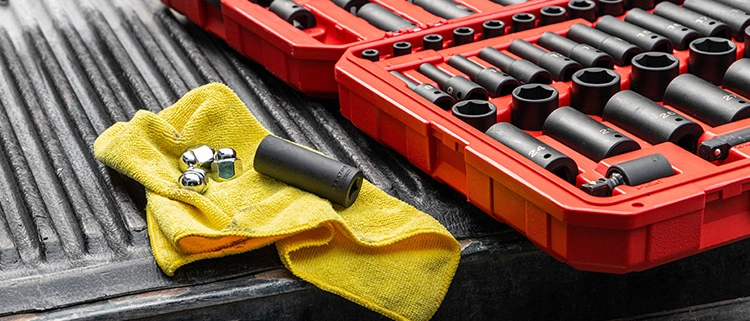Aaron: +86-18129983931
Max: +86-18922922459

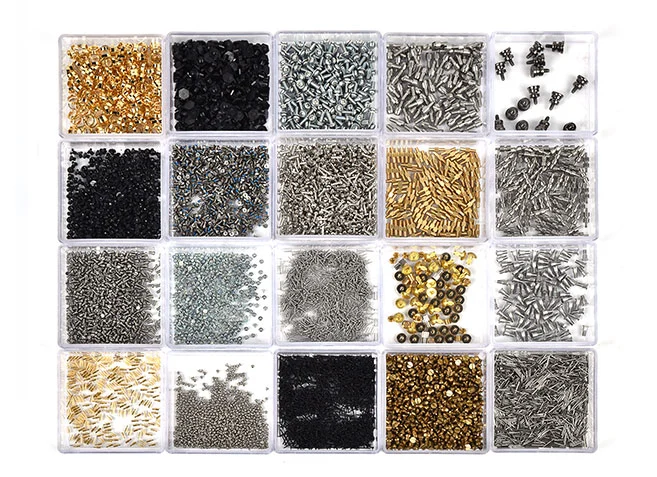 Micro Screws
Micro Screws
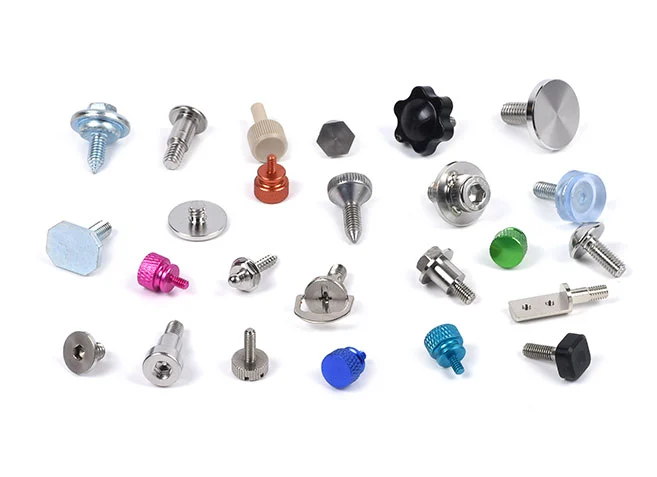 Big Head Screws
Big Head Screws
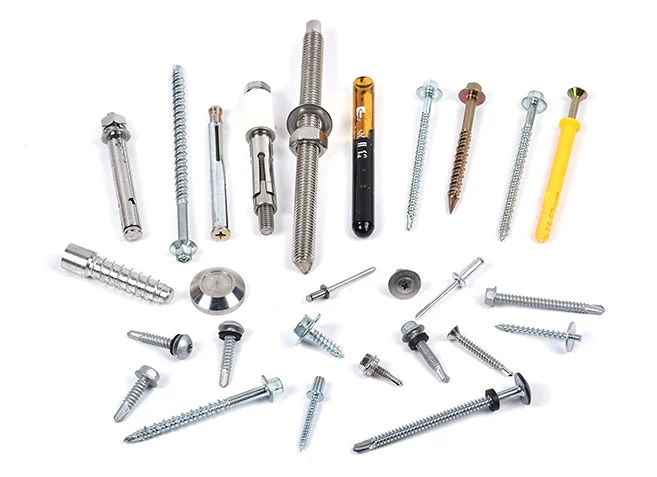 Construction Screws
Construction Screws
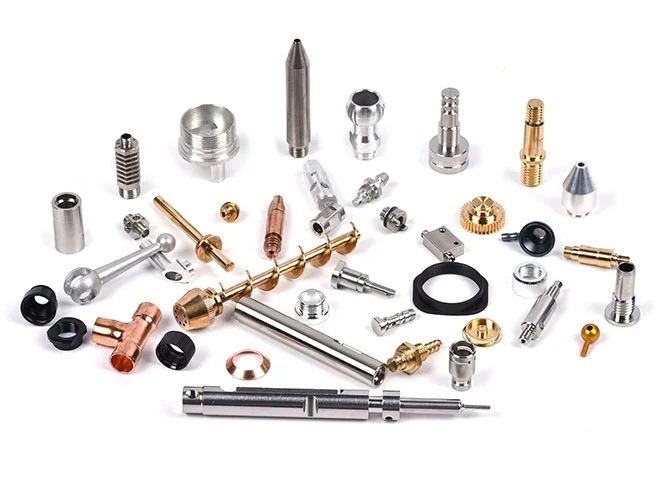 CNC Lathe Machining Parts
CNC Lathe Machining Parts
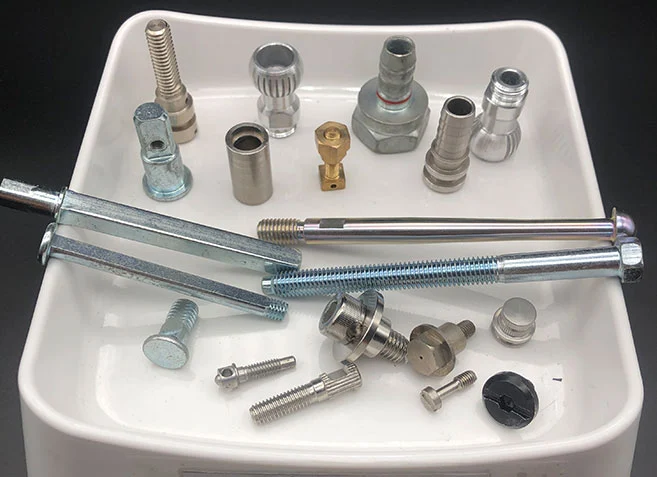 Cold Forged and Undergo Secondary Processing Products
Cold Forged and Undergo Secondary Processing Products
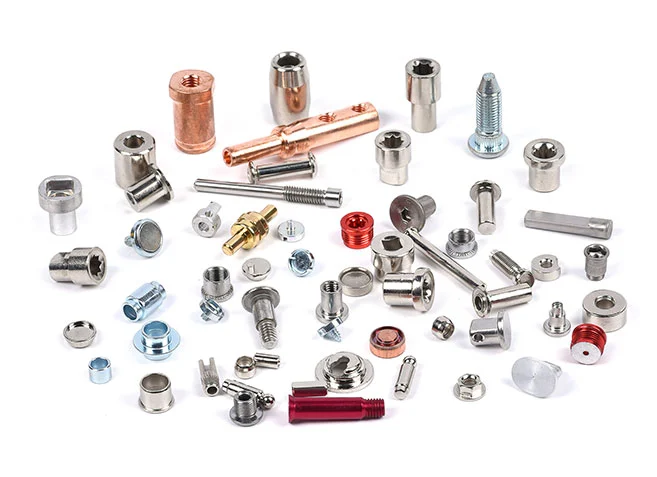 Multi Station Cold Heading Screws
Multi Station Cold Heading Screws
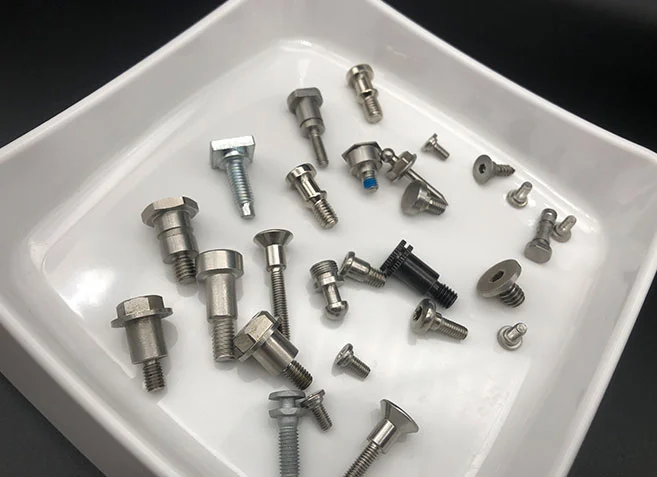 Step Screw
Step Screw
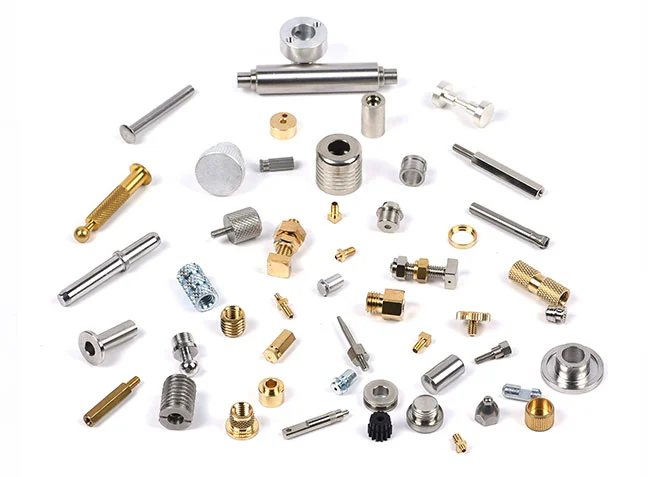 Automatic Lathe Machining Parts
Automatic Lathe Machining Parts
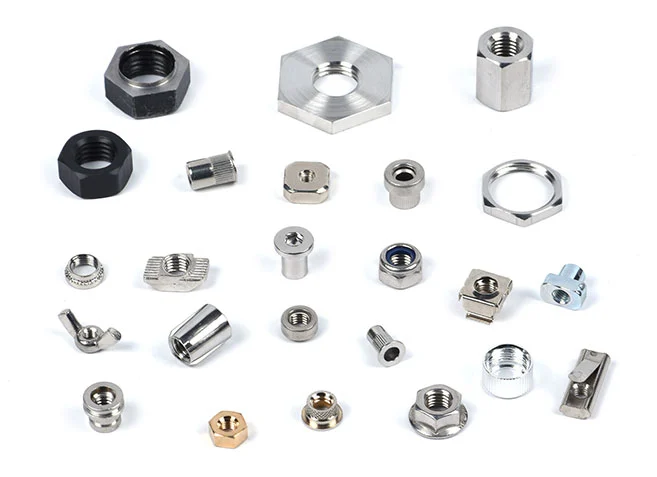 High Difficulty Challenge Cold Heading Fasteners
High Difficulty Challenge Cold Heading Fasteners
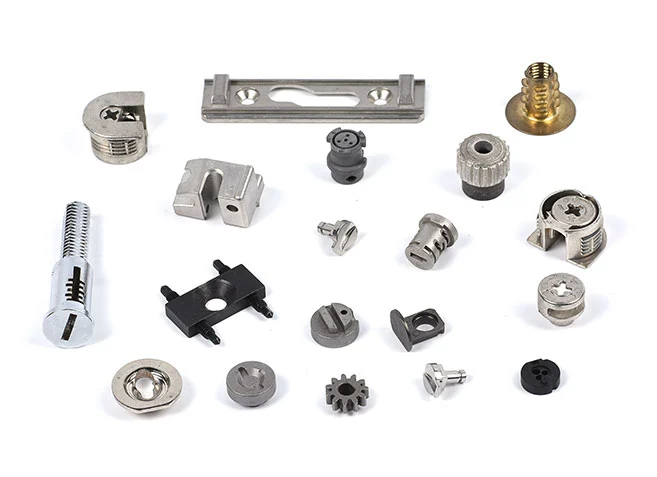 New Tech Fasteners
New Tech Fasteners
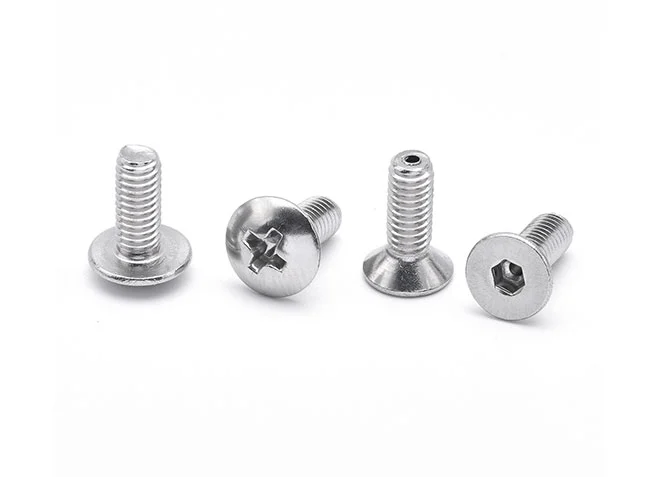 Machine Screws
Machine Screws
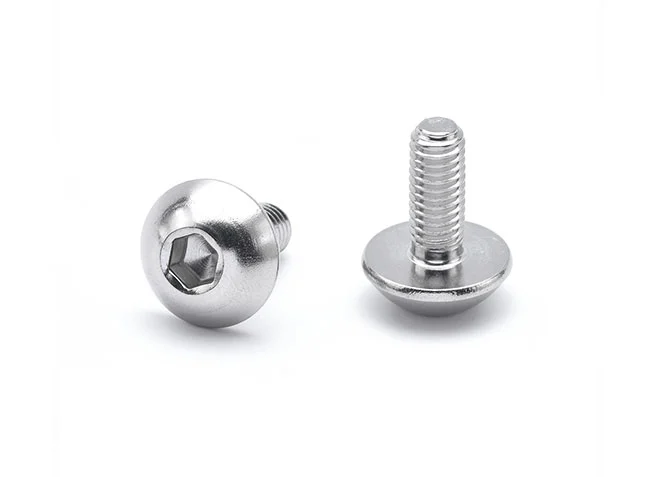 Socket Cap Screws
Socket Cap Screws
 Hexagon Socket Set Screws
Hexagon Socket Set Screws
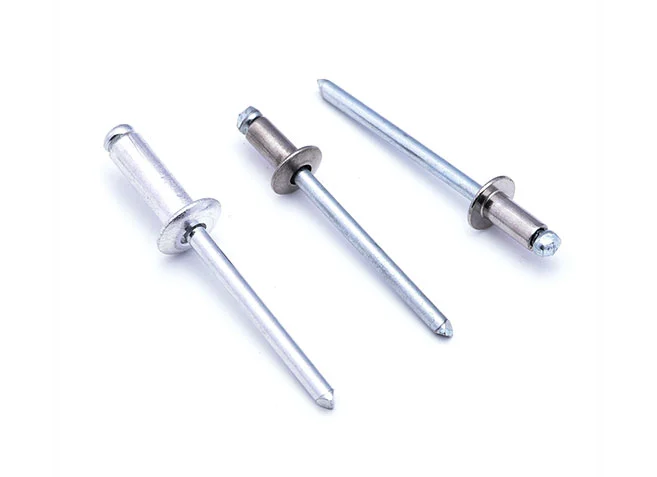 Pull Out Rivet
Pull Out Rivet
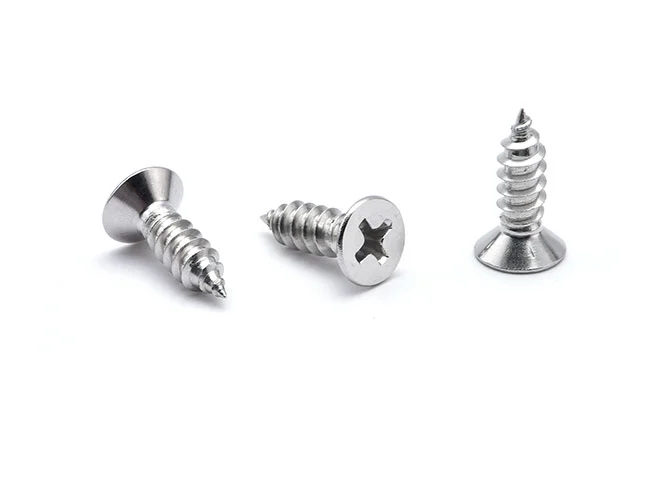 Self Tapping Screws
Self Tapping Screws
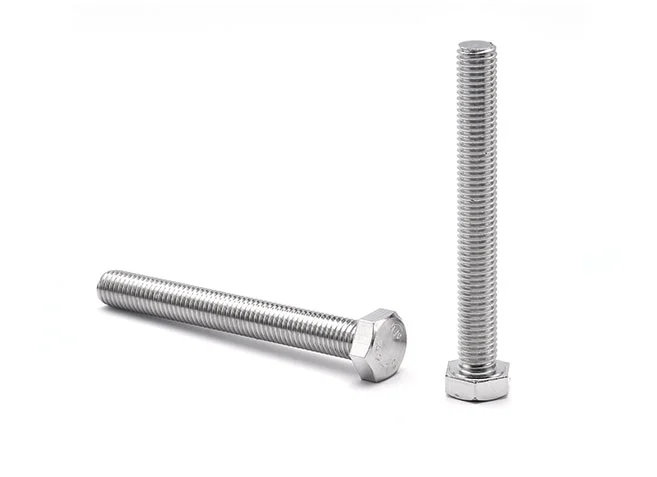 Hex Bolts
Hex Bolts
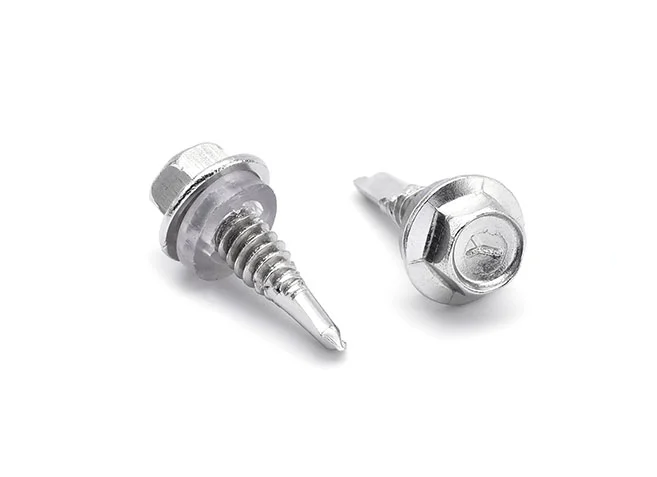 Self Drilling Screws
Self Drilling Screws
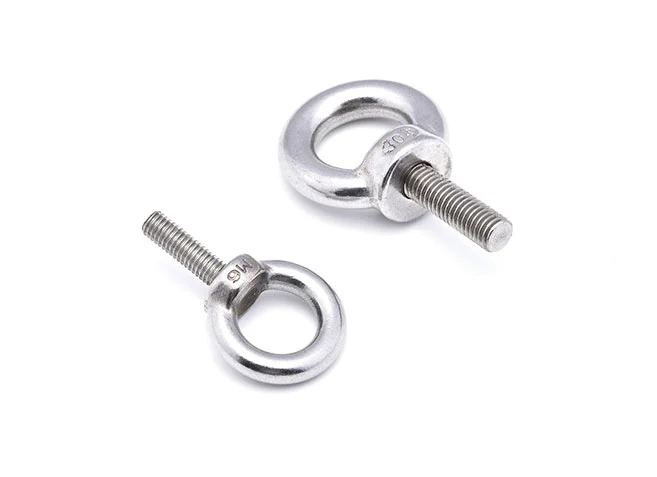 Eye Bolts
Eye Bolts
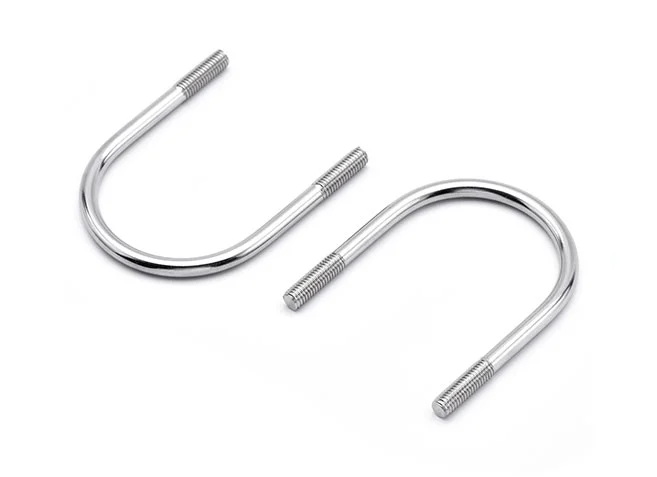 U-bolts
U-bolts
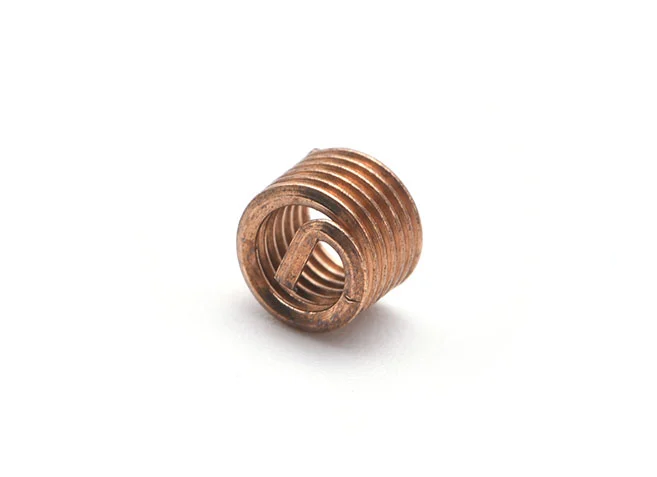 Threaded Sheath
Threaded Sheath
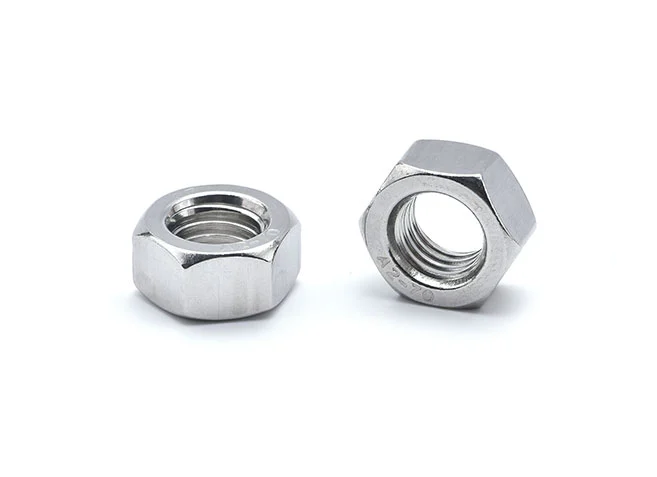 Hex Nut
Hex Nut
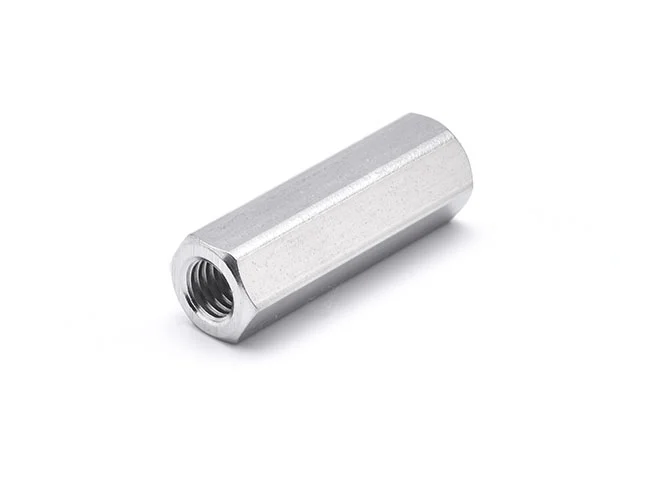 Hex Long Nut
Hex Long Nut
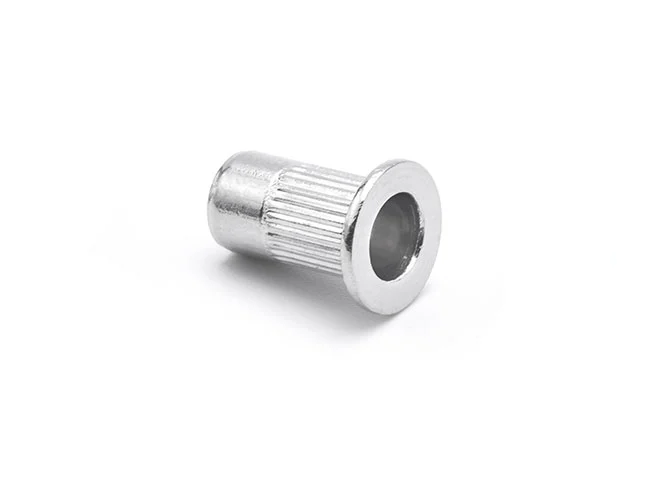 Pull Rivet Nut
Pull Rivet Nut
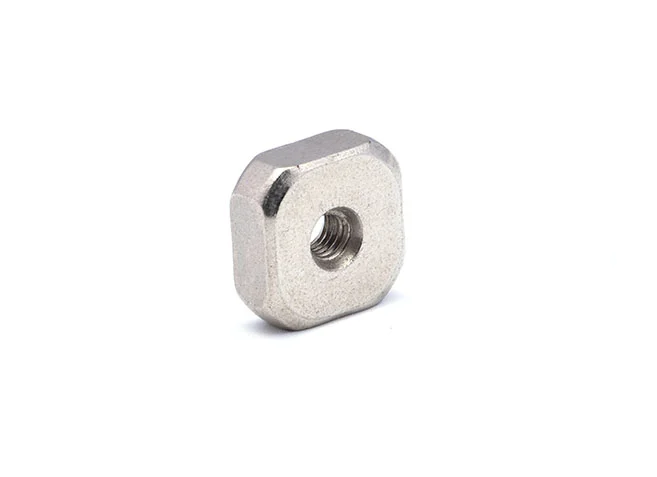 Square Nuts
Square Nuts
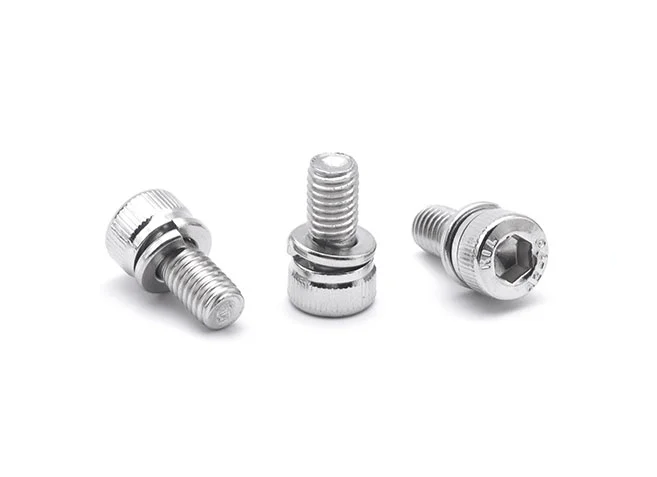 Combination Screws
Combination Screws
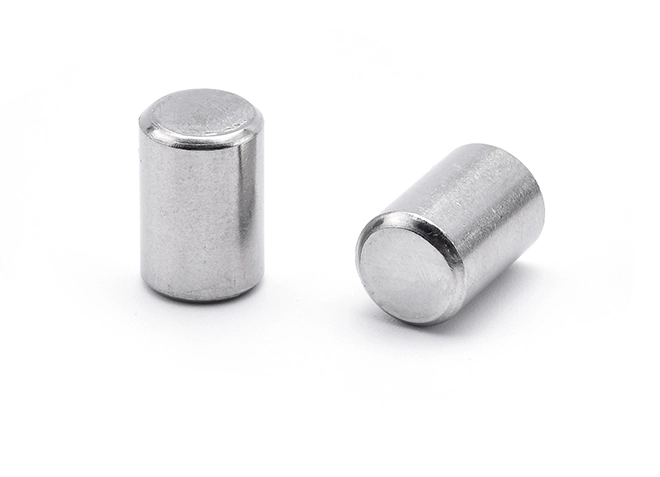 Pin
Pin
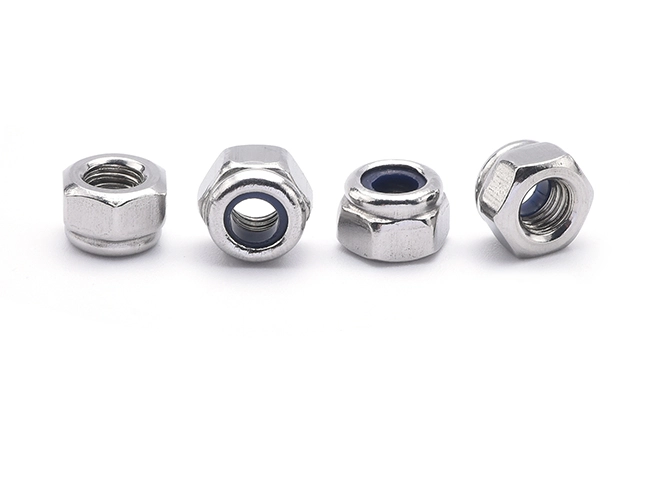 Nylon Locking Nuts
Nylon Locking Nuts
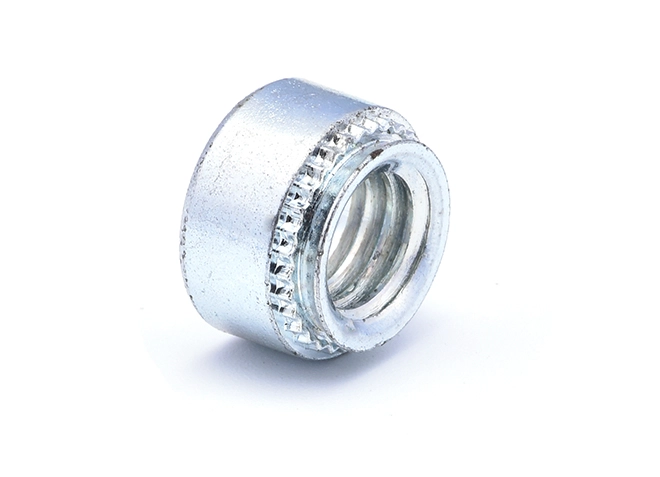 Pressure Rivet Nuts
Pressure Rivet Nuts
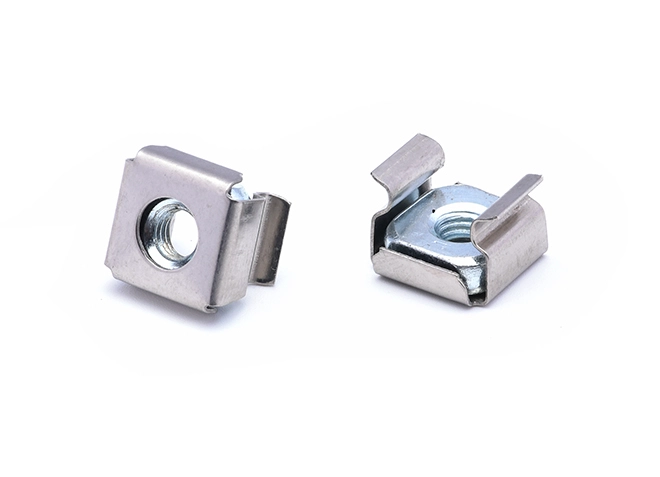 Cage Nut
Cage Nut
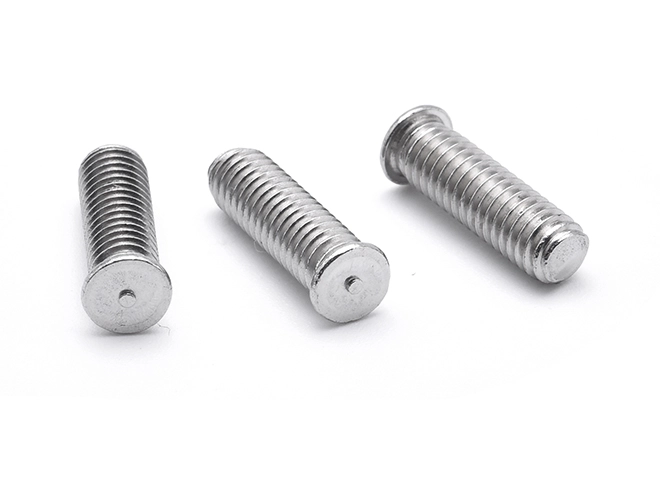 Welding Screws
Welding Screws
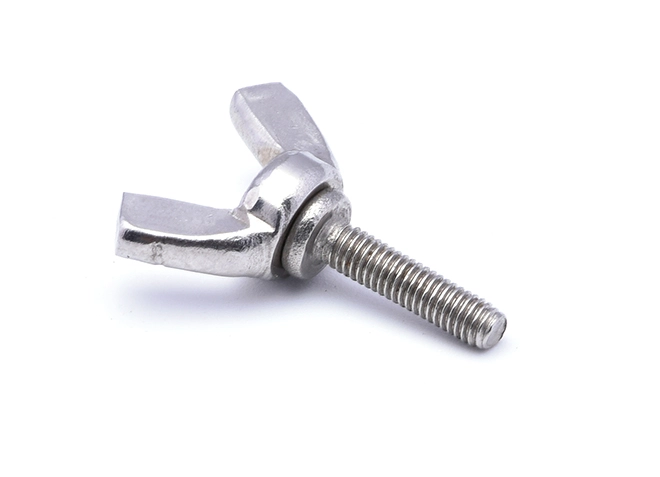 Butterfly Screw
Butterfly Screw
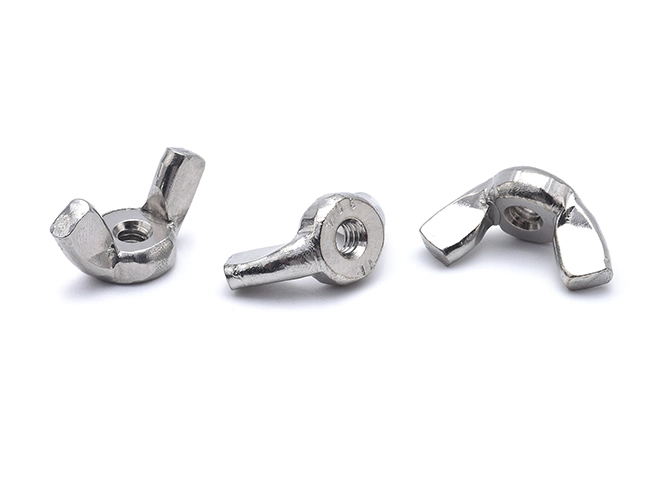 American Standard Butterfly Nut
American Standard Butterfly Nut
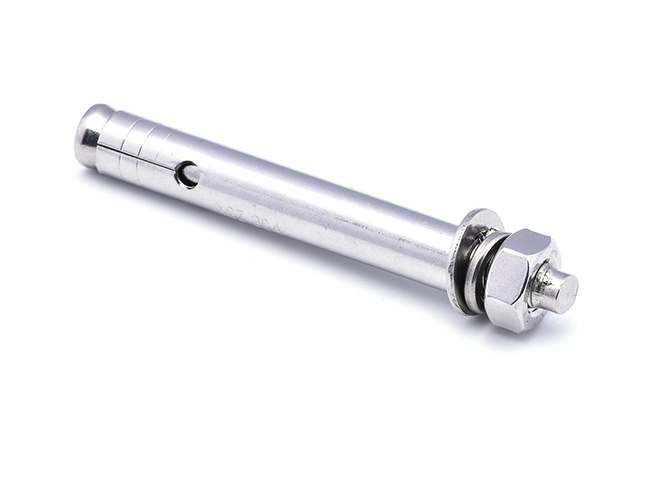 Expansion Screw
Expansion Screw
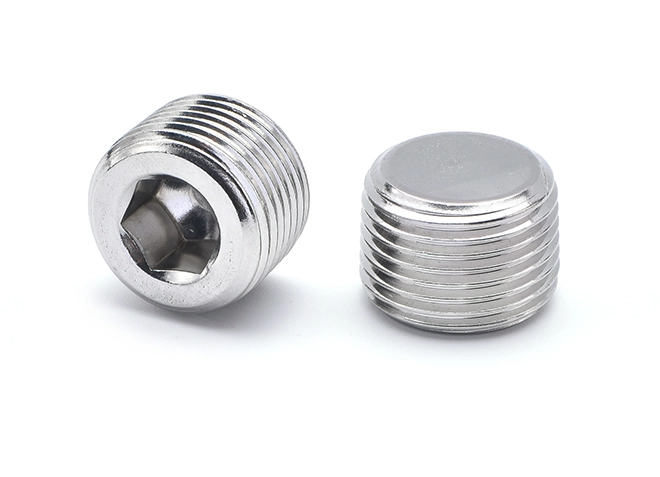 Plug Screw
Plug Screw
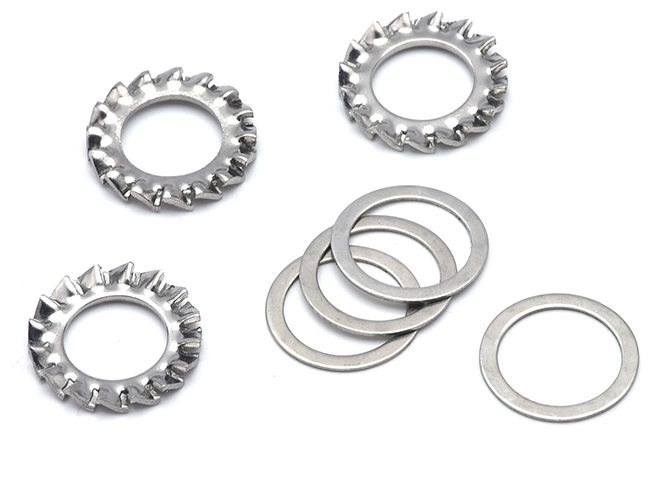 Stainless Steel Washer
Stainless Steel Washer
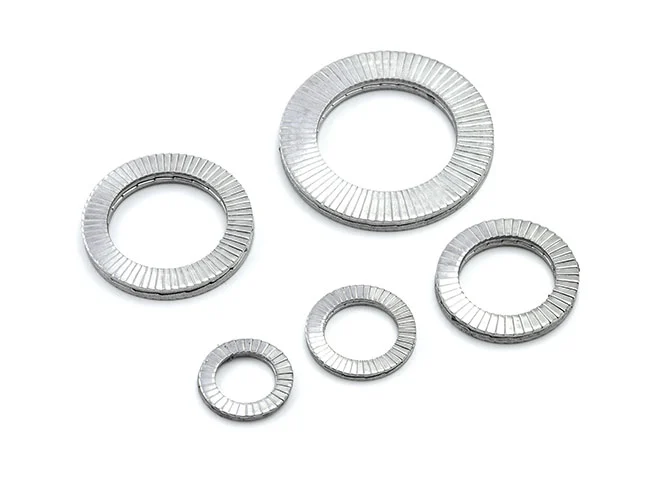 Double Overlap Anti-Loosening Washers
Double Overlap Anti-Loosening Washers
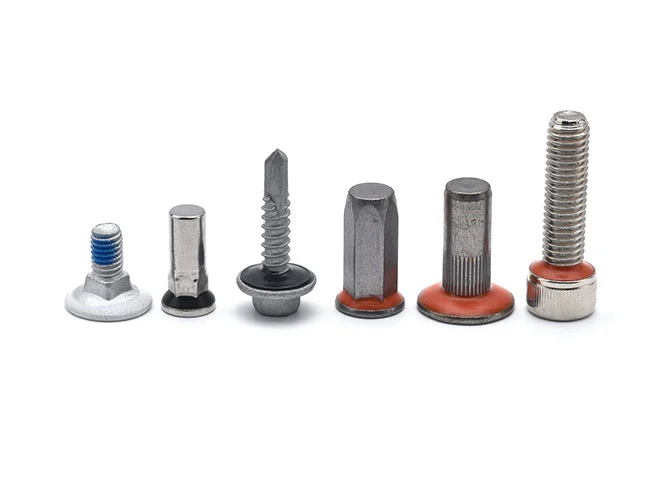 Waterproof and Anti-Drop Screws
Waterproof and Anti-Drop Screws
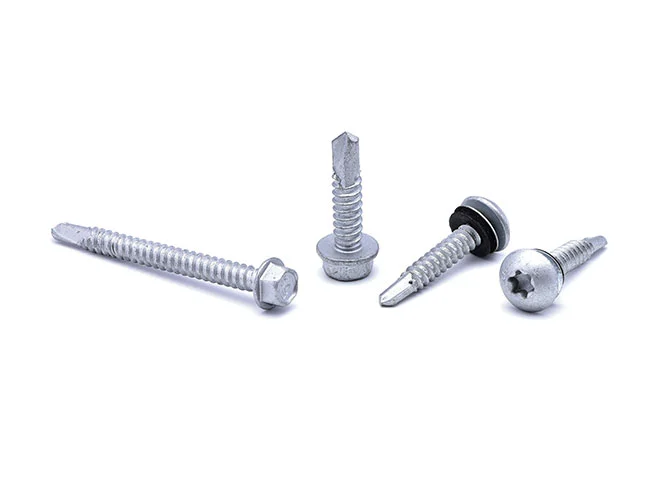 Super Corrosion-Resistant Screws
Super Corrosion-Resistant Screws
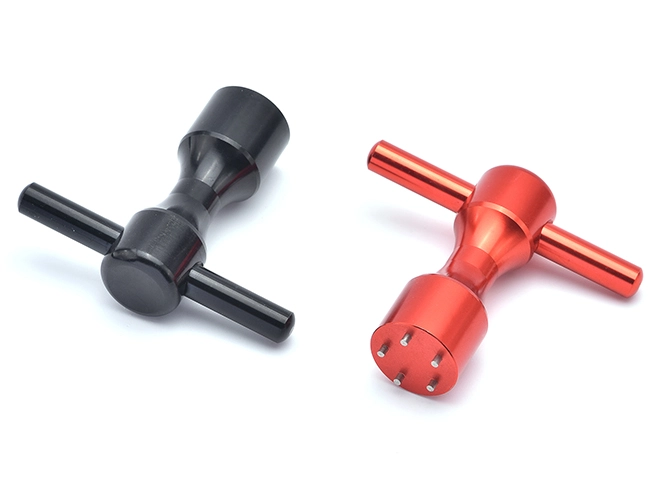 New Type Switchgear
New Type Switchgear
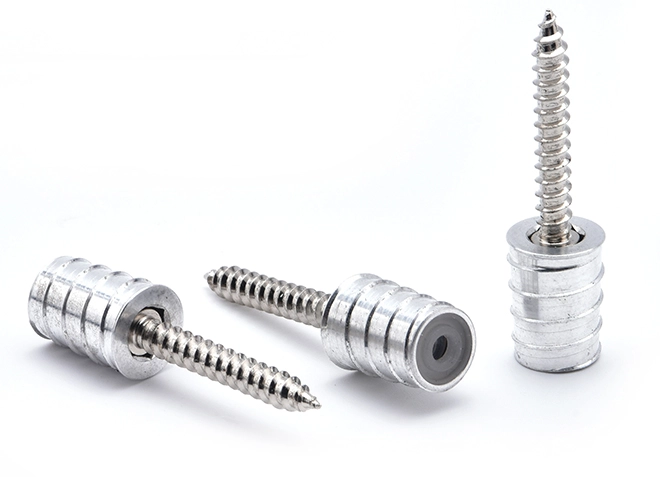 Anti-loose Easy Disassembly Nut Pillar (New Furniture Connector)
Anti-loose Easy Disassembly Nut Pillar (New Furniture Connector)
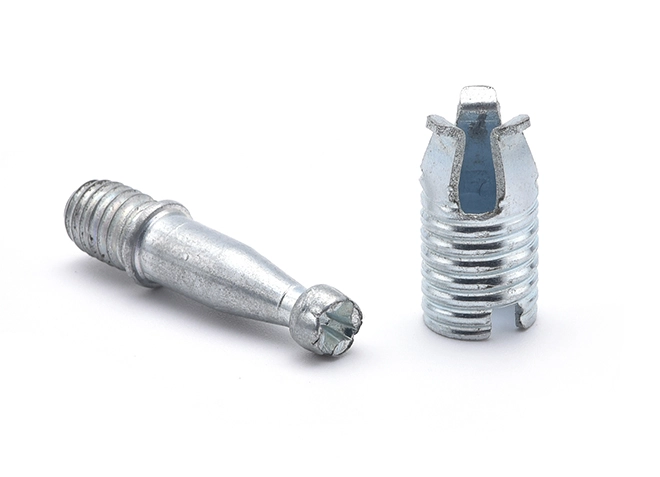 Furniture Simple Assembly and Disassembly Connector
Furniture Simple Assembly and Disassembly Connector
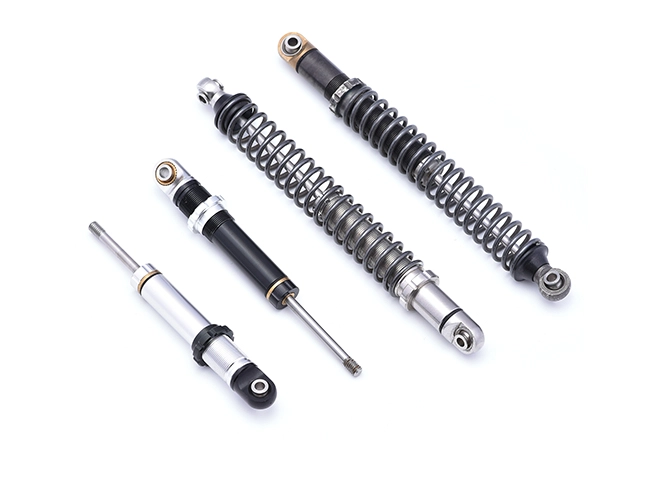 Micro Vibration Absorber
Micro Vibration Absorber
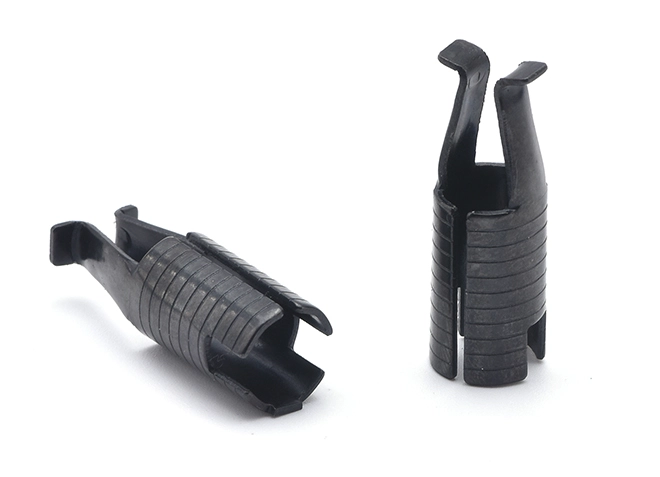 65Mn Material Furniture Connector
65Mn Material Furniture Connector
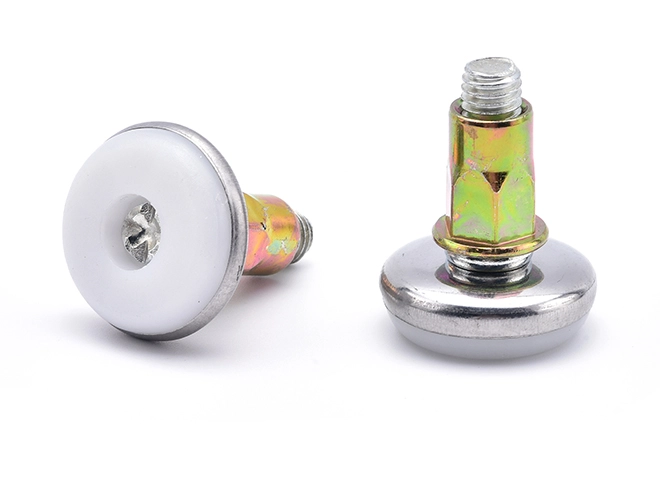 Counter Table Base
Counter Table Base
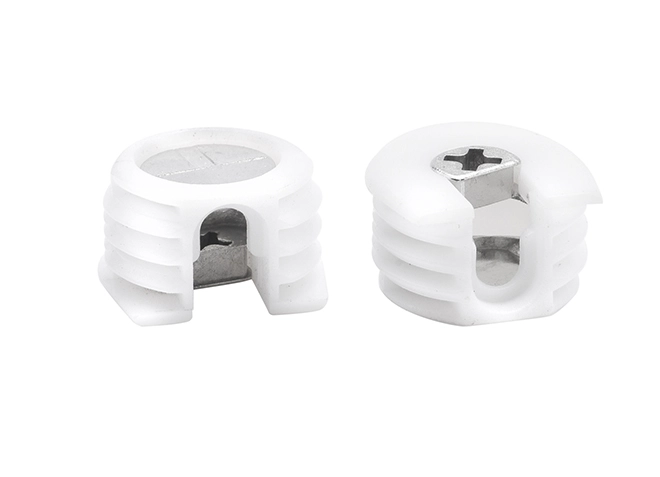 Furniture Connector Nut with Plastic Sleeve
Furniture Connector Nut with Plastic Sleeve
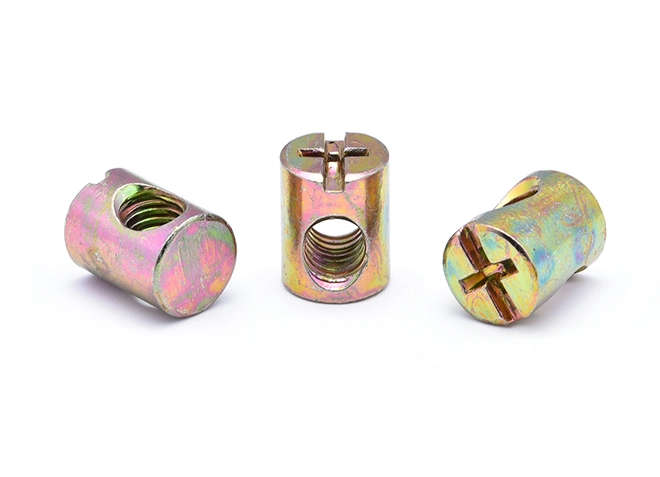 Furniture Horizontal Hole Nut
Furniture Horizontal Hole Nut
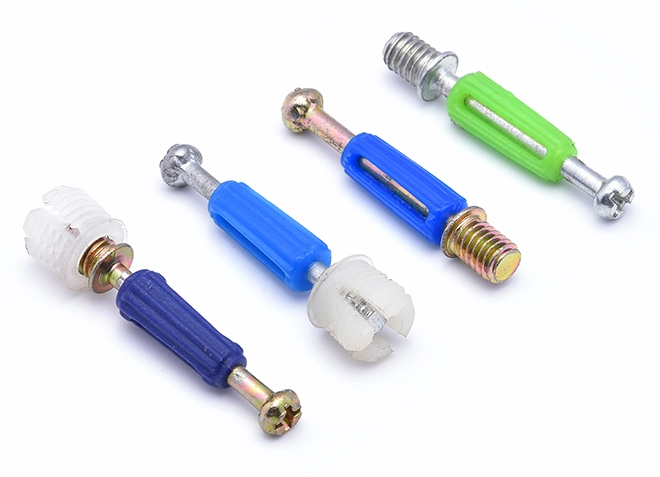 Furniture Connecting Screw
Furniture Connecting Screw
 Furniture Connecting Nut Seat
Furniture Connecting Nut Seat
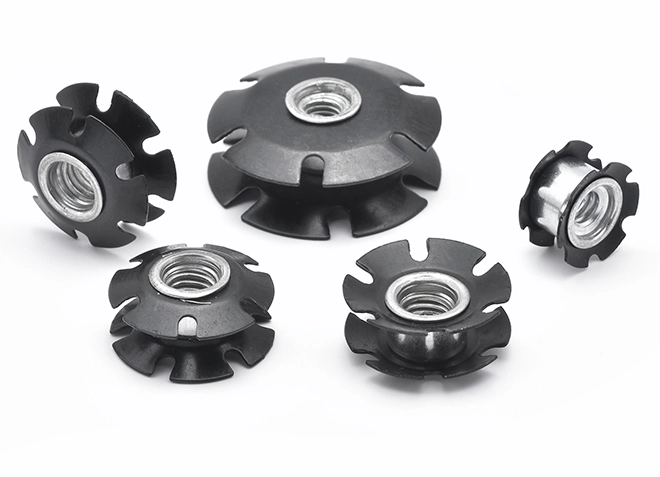 Double Stack Wheels Used On Furniture
Double Stack Wheels Used On Furniture
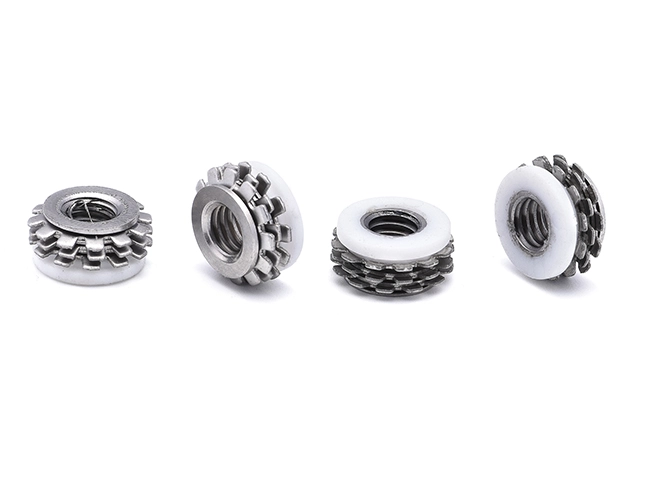 Components Used On Furniture
Components Used On Furniture
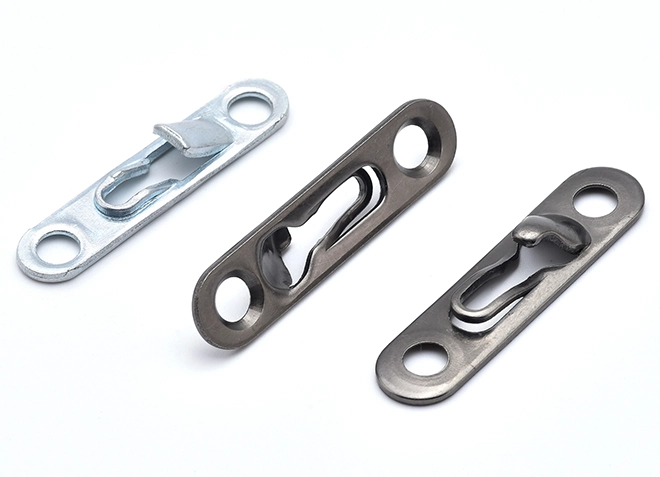 Connection Buckle
Connection Buckle
 Internal Hexagonal Spiral Screw
Internal Hexagonal Spiral Screw
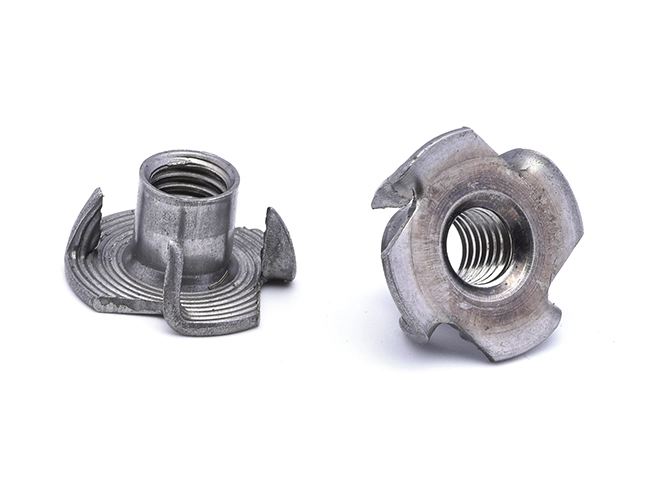 Iron Colored Carbon Steel Four Claw Nut
Iron Colored Carbon Steel Four Claw Nut
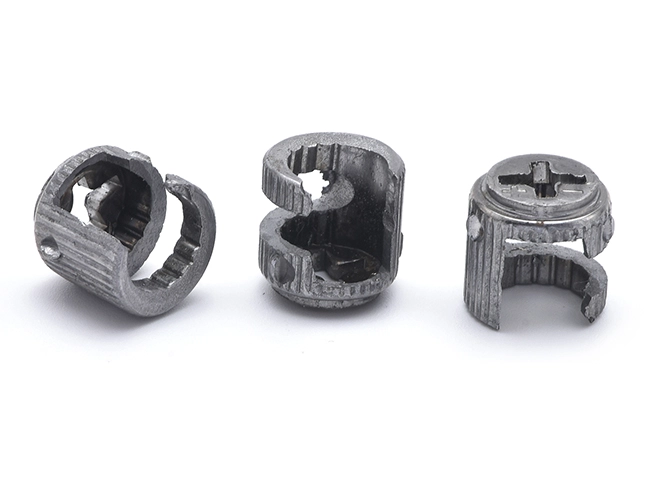 Iron Furniture Three Combination Nut Seat
Iron Furniture Three Combination Nut Seat
 Iron and Zinc Alloy Furniture Three Combination Nut Seat
Iron and Zinc Alloy Furniture Three Combination Nut Seat
 Dowel Pin+ Gray Elephant Rubber Sleeve
Dowel Pin+ Gray Elephant Rubber Sleeve
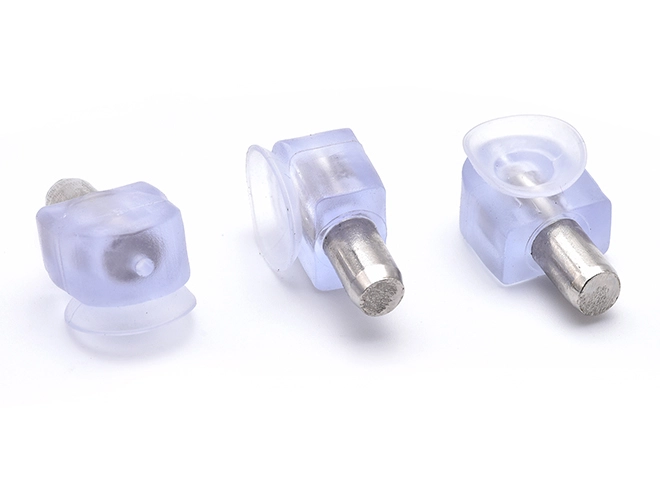 Dowel Pin+ Transparent Elephant Rubber Sleeve
Dowel Pin+ Transparent Elephant Rubber Sleeve
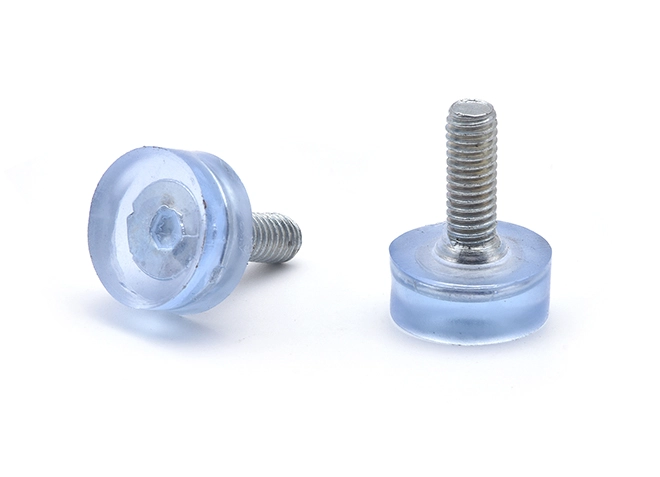 Injection Molded Furniture Foot Pad Screw
Injection Molded Furniture Foot Pad Screw
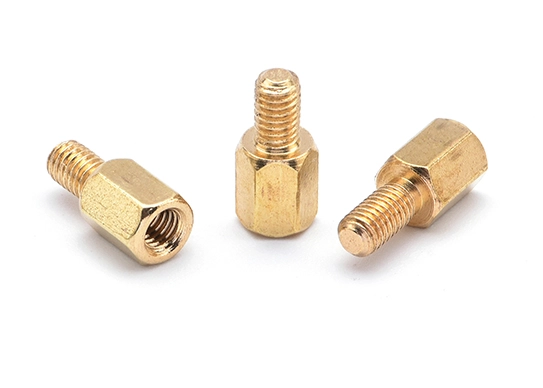


A hexagonal copper isolation column is fabricated by first designing a precise CAD model. High-purity copper is selected for its excellent electrical and thermal conductivity. The hexagonal shape is achieved using precision machining techniques such as CNC milling, ensuring exact dimensions and smooth surfaces. Post-machining, the column undergoes thorough quality inspections to verify dimensional accuracy and surface finish. This ensures the isolation column meets stringent specifications for use in electrical or thermal isolation applications.
Enhanced Structural Integrity: The hexagonal shape provides a robust and stable structure, distributing stress evenly across the column. This geometric configuration helps in maintaining strength and reducing the likelihood of deformation or failure under load.
Improved Load Distribution: The hexagonal design allows for efficient load distribution, which enhances the column’s ability to support heavy or distributed loads without significant deflection. This makes them ideal for structural applications requiring stability and durability.
Effective Electrical Isolation: Copper’s conductivity is paired with the isolation function, ensuring that the column can effectively separate and isolate electrical components or systems. This isolation prevents unwanted electrical interference and maintains system integrity.
Corrosion Resistance: Copper’s natural resistance to corrosion and oxidation contributes to the longevity and durability of the isolation column. This resistance ensures that the column remains effective and structurally sound even in harsh environments.
Aesthetic and Functional Design: The hexagonal shape is not only functional but also aesthetically pleasing. It can be used in architectural and design applications where both performance and appearance are important. The shape can also contribute to more efficient use of space and material.
Ease of Integration: Hexagonal copper isolation columns can be easily integrated into various systems and structures due to their standard shape and dimensions. This versatility facilitates their use in diverse applications, including electrical enclosures, support structures, and mechanical assemblies.
aaron18129983931@gmail.com
aaron18129983931@gmail.com
aaron18129983931@gmail.com


